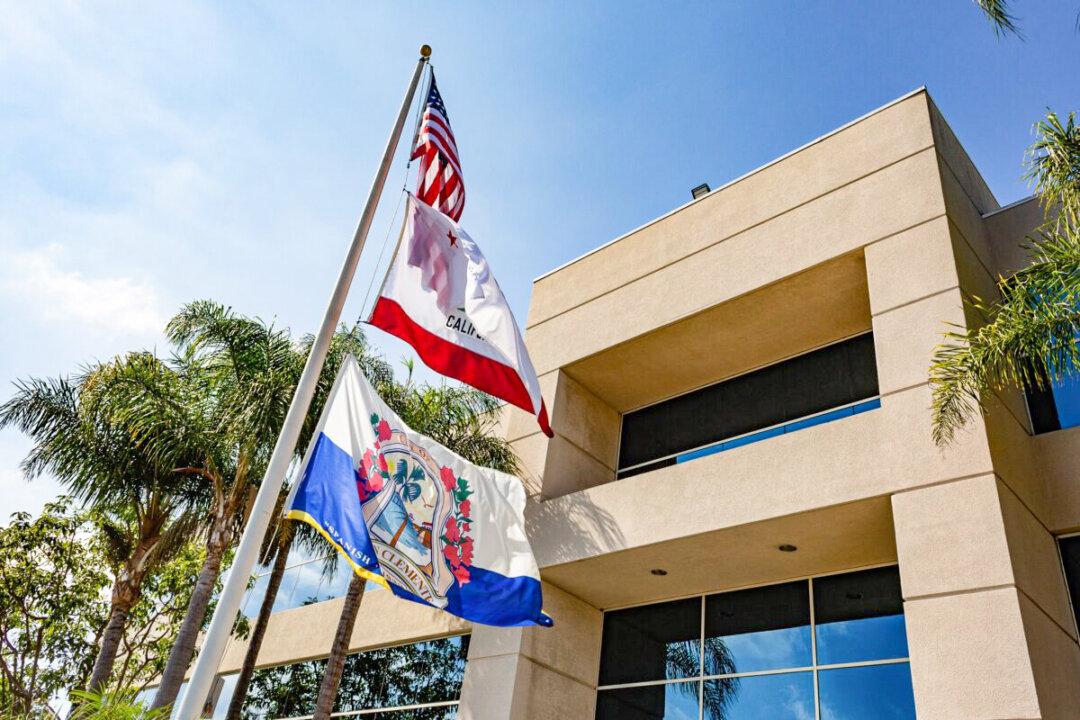SAN JUAN CAPISTRANO, Calif.—The Capistrano Unified School District (CUSD) Board of Trustees held its second quarterly report Nov. 3 for its Cultural Proficiency Plan, a curriculum approved last December amid controversy.
Parents of the district’s students attended the meeting to express their support for or concerns about the curriculum’s implementation after the topic drew parents’ concern of its linkage to critical race theory (CRT).





